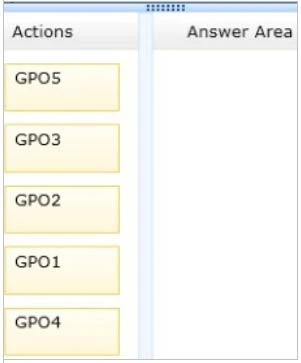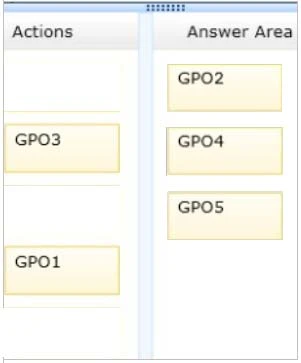During the NPS proxy configuration process, you can create remote RADIUS server groups and then add RADIUS servers to each group. To configure load balancing, you must have more than one RADIUS server per remote RADIUS server group. While adding group members, or after creating a RADIUS server as a group member, you can access the Add RADIUS server dialog box to configure the following items on the Load Balancing tab:
Priority. Priority specifies the order of importance of the RADIUS server to the NPS proxy server. Priority level must be assigned a value that is an integer, such as
1, 2, or 3. The lower the number, the higher priority the NPS proxy gives to the RADIUS server. For example, if the RADIUS server is assigned the highest priority of 1, the NPS proxy sends connection requests to the RADIUS server first; if servers with priority 1 are not available, NPS then sends connection requests to
RADIUS servers with priority 2, and so on. You can assign the same priority to multiple RADIUS servers, and then use the Weight setting to load balance between them.
Weight. NPS uses this Weight setting to determine how many connection requests to send to each group member when the group members have the same priority level. Weight setting must be assigned a value between 1 and 100, and the value represents a percentage of 100 percent. For example, if the remote
RADIUS server group contains two members that both have a priority level of 1 and a weight rating of 50, the NPS proxy forwards 50 percent of the connection requests to each RADIUS server.
. If NPS determines that a
RADIUS server is unavailable, it can start sending connection requests to other group members. With these settings you can configure the number of seconds that the NPS proxy waits for a response from the RADIUS server before it considers the request dropped; the maximum number of dropped requests before the NPS proxy identifies the RADIUS server as unavailable; and the number of seconds that can elapse between requests before the NPS proxy identifies the RADIUS server as unavailable.
The default priority is 1 and can be changed from 1 to 65535. So changing server 2 and 3 to priority 10 is not the way to go.
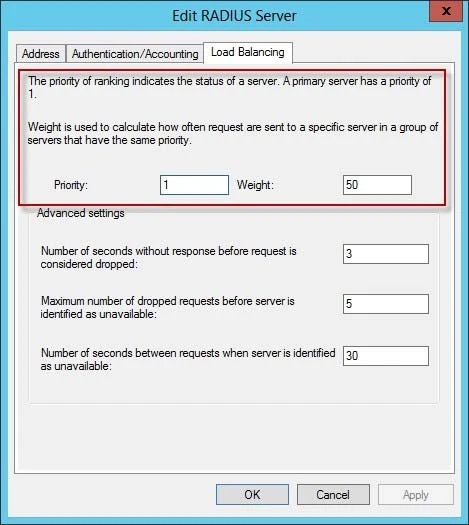
Reference: http://technet.microsoft.com/en-us/library/dd197433(WS.10).aspx
D
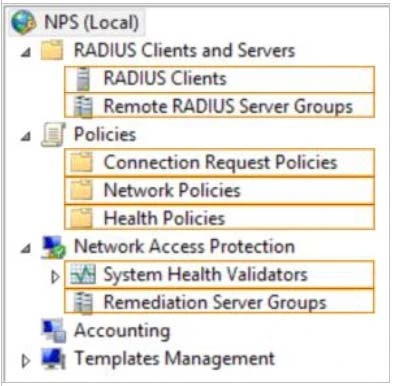
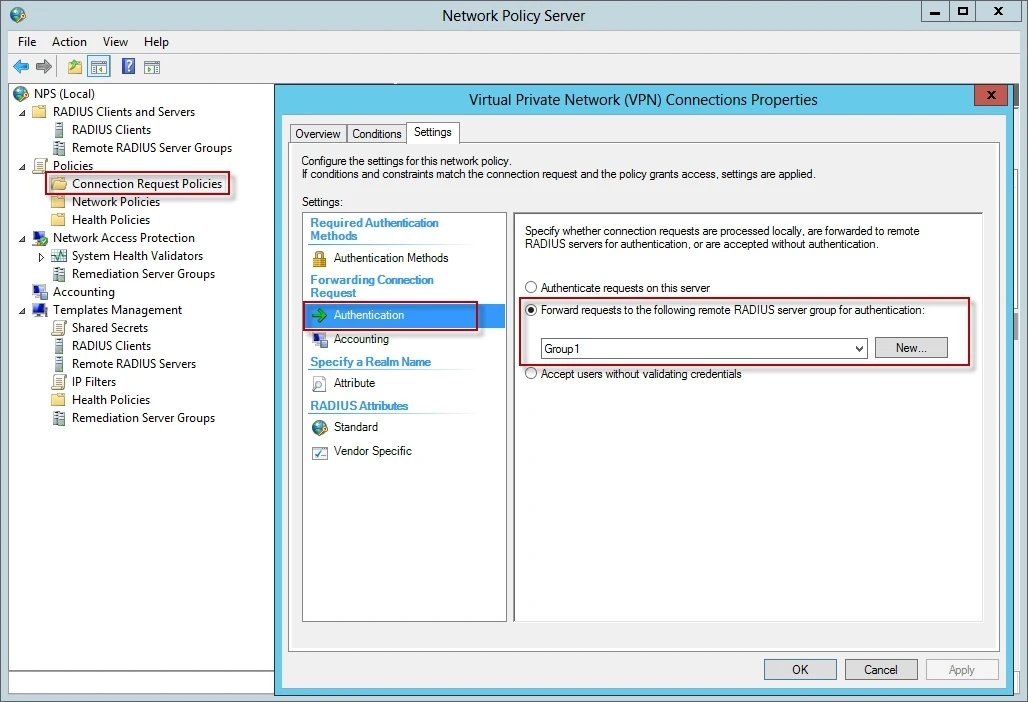
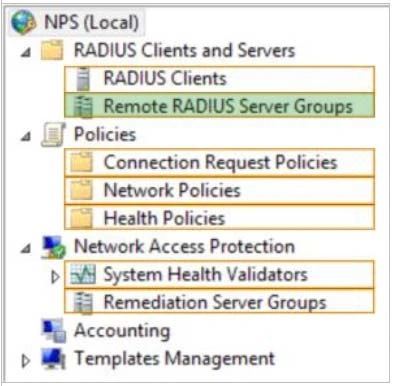
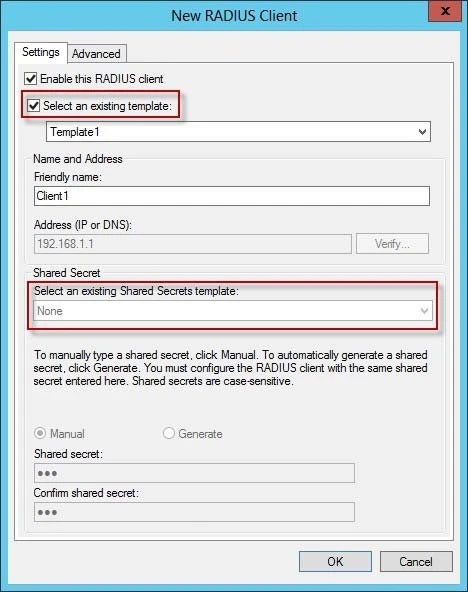
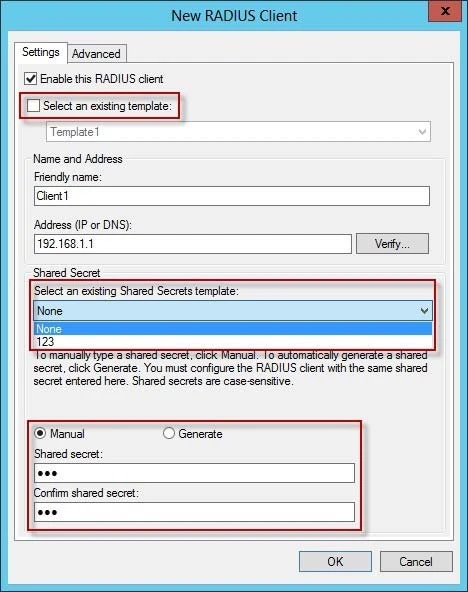 D
D

